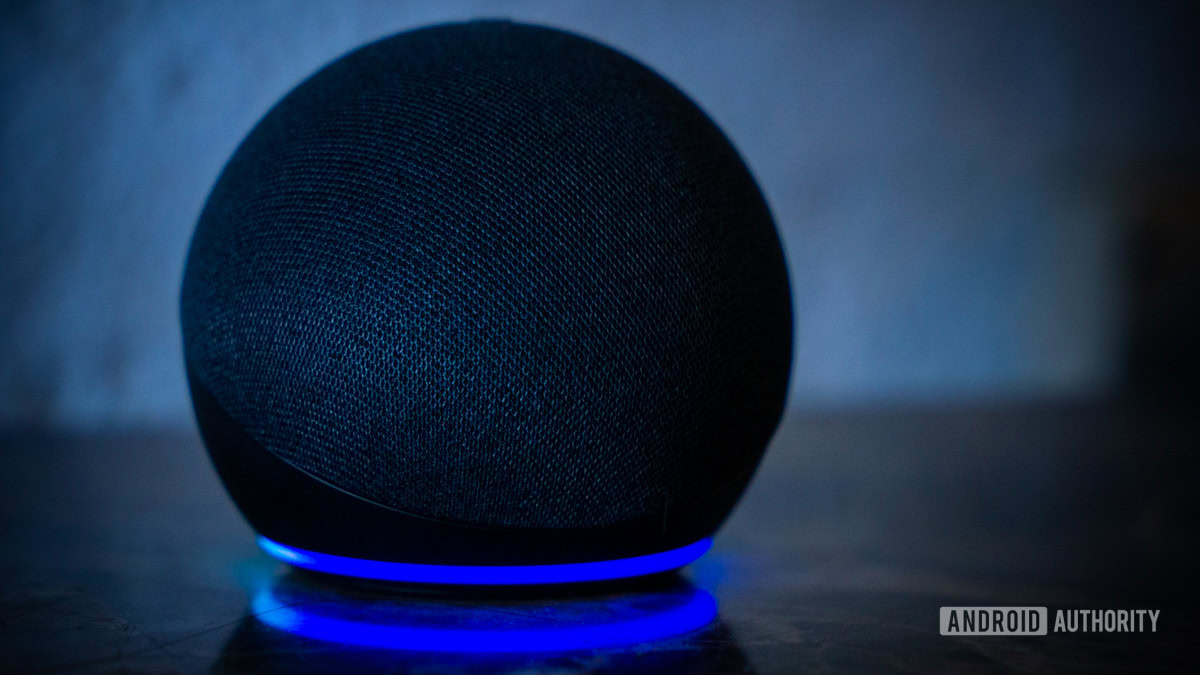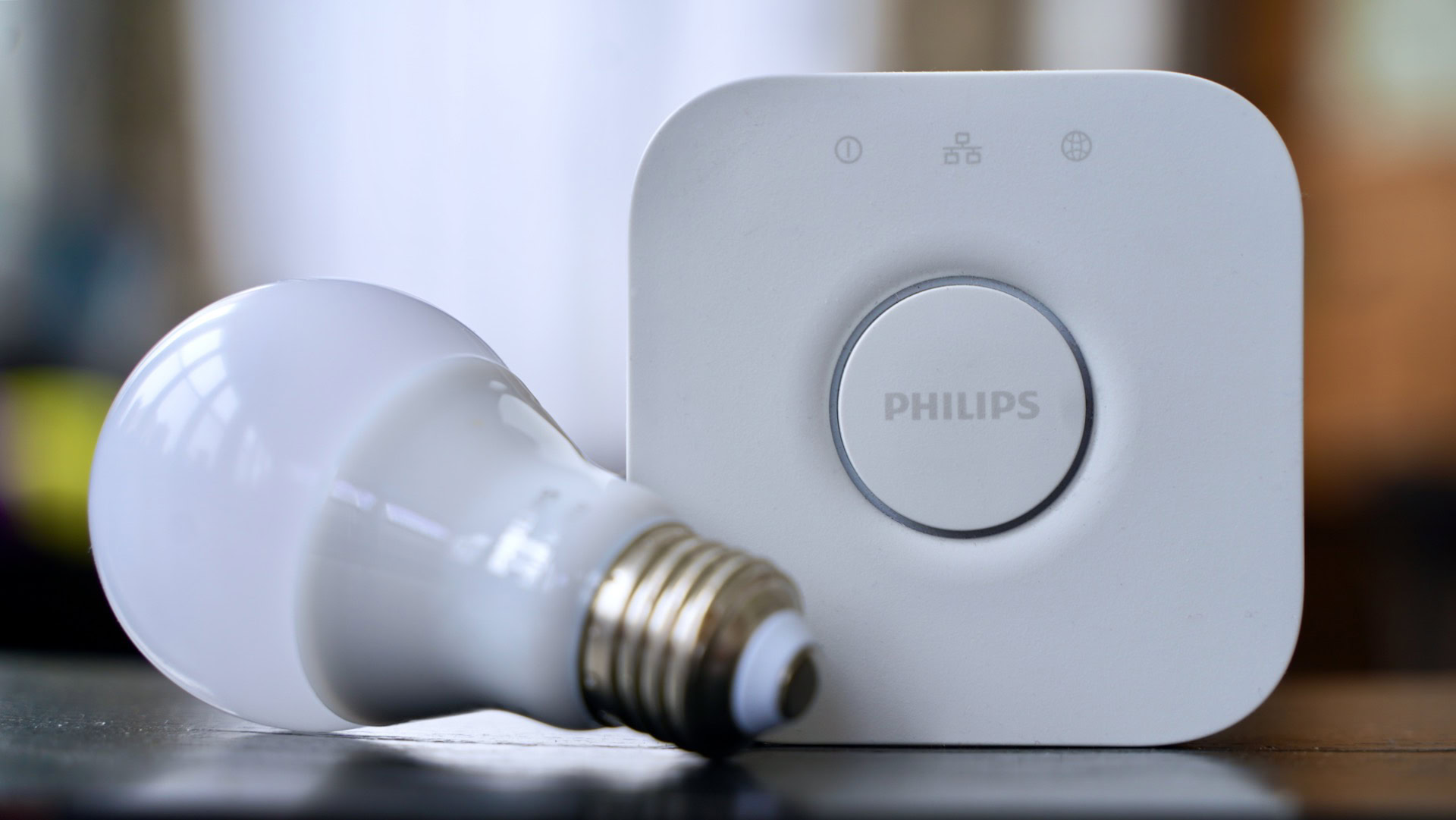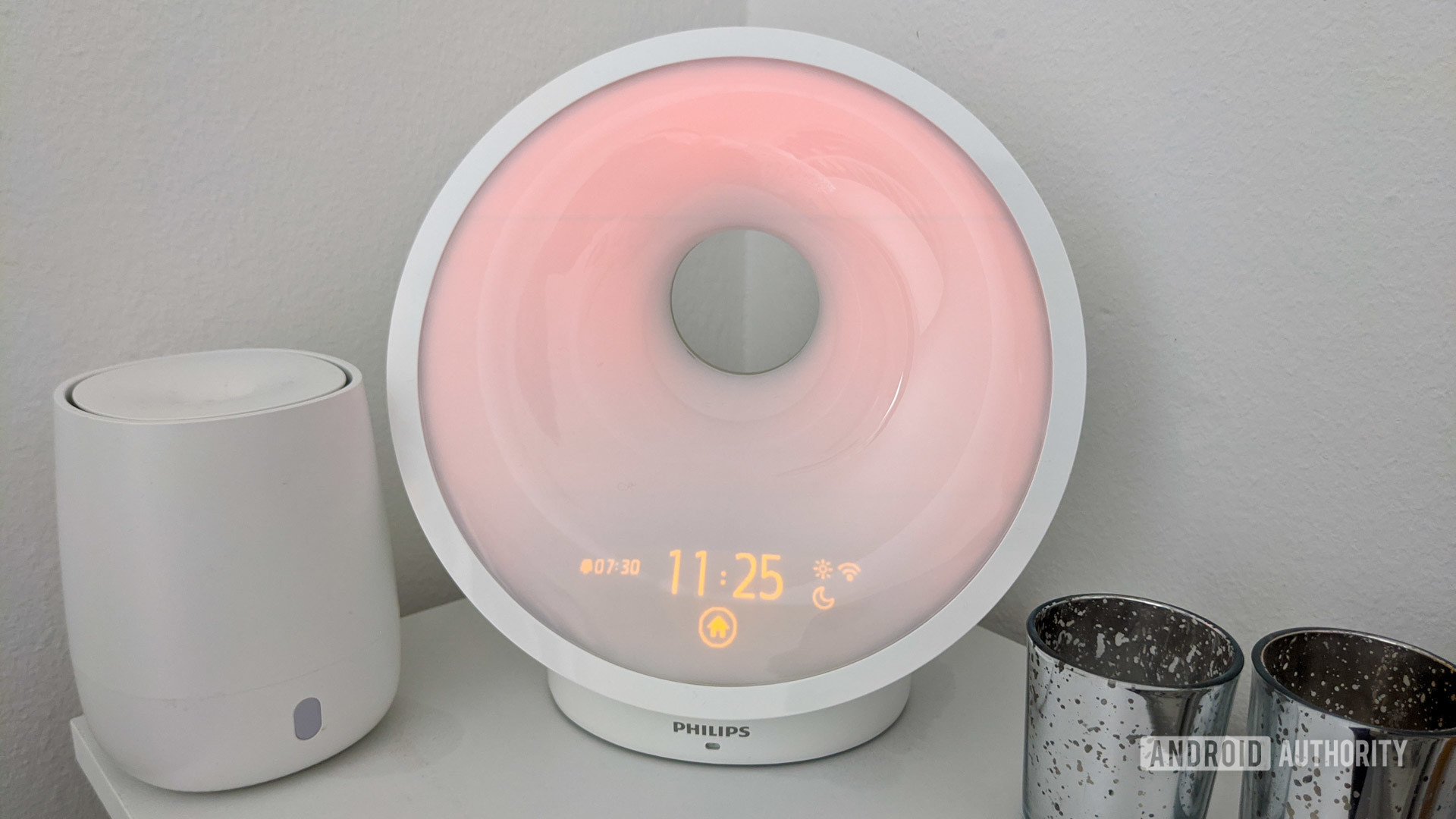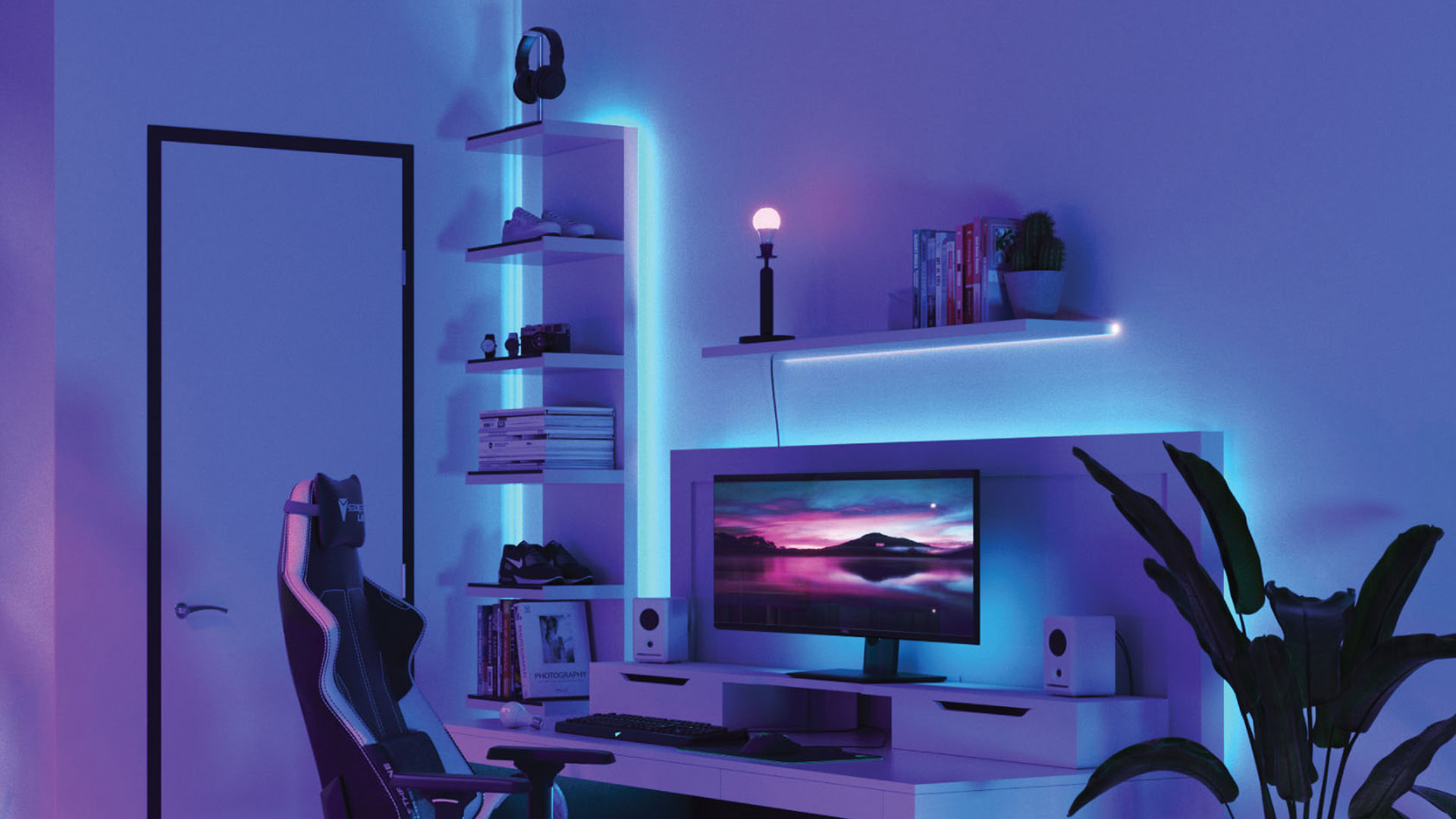Affiliate links on Android Authority may earn us a commission. Learn more.
Zigbee vs Z-Wave: Which is best for your smart home?
Published onNovember 3, 2022

If you’re a smart home owner, there’s a good chance you’ve seen the terms Zigbee or Z-Wave on some of the devices you’ve bought, such as the 4th gen Amazon Echo. It may not be clear what either means though, and even if you are familiar, you may not be sure how the technologies differ.
For newcomers, then, Zigbee and Z-Wave are wireless protocols that allow smart home accessories to talk to each other. Rather than power-hungry Wi-Fi or short-range Bluetooth, Zigbee and Z-Wave rely on distinct forms of low-energy radio. You won’t find the protocols outside of the smart home arena.
Although they’re not required to set up a smart home, they are favored by some people, and it’s possible that one is better suited for your needs than the other. So let’s get to it — in the Zigbee vs Z-Wave showdown, which is best for your money? Will they even matter (spoiler) in the near future?
Zigbee vs Z-Wave: Basic specs

Zigbee uses the IEEE’s 802.15.4 personal-area network standard to keep compatible devices linked. With AES 128-bit symmetric encryption, it keeps your data relatively secure. It operates over the 2.4GHz band, which is generally good, but could lead to interference from the many Wi-Fi products sharing that space. In any case data speeds are about 250kbps, so it should respond pretty well to commands.
Z-Wave shares Zigbee’s AES 128-bit symmetric encryption, but its 800-900MHz radio frequency range can be an advantage, as it’s less likely to produce interference.
Zigbee vs Z-Wave: Range and compatibility
Z-Wave has a range of 100m (328ft) between points of contact. That’s a good distance that should work fine in the average home, unless perhaps you want to connect with the shed in your backyard, or for some reason you have widely-spaced devices inside a large house. Even when that is the case, Z-Wave’s SoCs (systems-on-chip) let you place additional devices in buffer zones to boost your signal.
Zigbee’s range, in contrast, can be as low as 10m (33ft), so you’ll need your devices to sit closer together. It can extend as far as 30m (98ft) if wall materials and line-of-sight cooperate. So it’s still in the running, you’ll just want to keep range in mind for bigger dwellings.
Z-Wave capacity taps out at 232 simultaneous devices, while Zigbee allows for 65,000 or more. That’s a huge difference, but shouldn’t really affect your choice, since few if any people have over 232 smart home accessories. Then again, given the pace of the tech world, you might want that much capacity within a few years.
Zigbee vs Z-Wave: Devices

So what does each company support? You can check out updated lists of Zigbee and Z-Wave devices via official links below.
You’ll find more of the major smart home brands using Zigbee, like Philips Hue lights and Amazon Echo speakers. Having said that, the best choice will depend entirely on the specific accessories you prefer.
Read more: How to set up Amazon Echo speakers
Zigbee vs Z-Wave: Final champion?
Which is better? As with so many product showdowns, the answer comes down to personal preferences. It depends on the range you need, the number of accessories you expect to install, and the brands you prefer. Zigbee wins when it comes to brand names and capacity, but Z-Wave could be an easy pick if you’re worried about range or interference.
The matter of Matter (and Thread)

In practice, the competition might not last much longer. Amazon, Apple, Google, and other major smart home companies recently launched Matter, a universal networking protocol that could render compatibility issues moot — if a device works with Amazon Alexa, for example, it should have no problems with Google Assistant or Apple HomeKit as long as it has that Matter branding.
More importantly, Matter is closely linked (though not exclusive) to Thread, a protocol based on Zigbee with many of the same benefits. The difference is that many Thread products can act as their own “border routers,” connecting to Wi-Fi and the internet without a hub. Matter and Thread have so much industry force behind them that within a few years, asking if something supports Z-Wave could be akin to asking about Betamax.
Some Matter and/or Thread-compatible hardware is already on the market, such as the 4th gen Echo, the HomePod mini, and the Philips Hue Smart Hub (a.k.a. Bridge). It’s going to take a while for necessary software updates to roll out however, and as long as you have the right hubs, Zigbee and Z-Wave products will continue working.